Changing Social Context and Queer Recruitment Panics
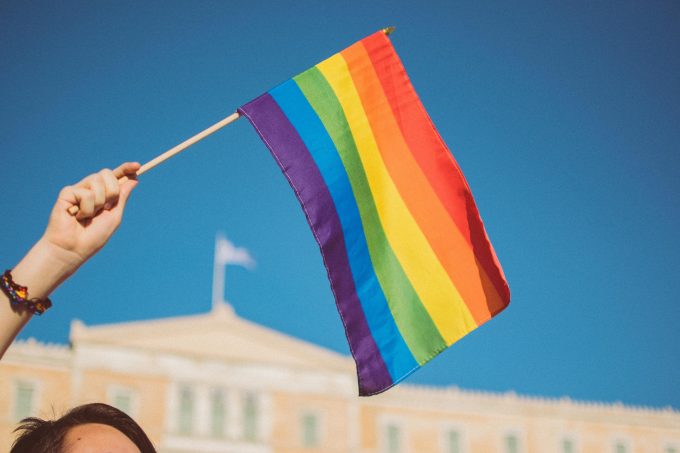
New Gallup numbers on LGBT Americans are causing quite the stir after the 2020 polling of over 15,000 U.S. adults in all fifty states showed an increase in LGBT identification overall—5.6 percent, up 1.1 percent from the 4.5 percent rate estimated in 2017— and a majority (54.6 percent) of LGBT individuals identifying as bisexual. In addition to growth in the group overall, younger generations appear to be driving the shift, identifying as LGBT, bisexual, and transgender at higher rates than those in older cohorts. Heated conversations emerged on social media about exactly what these numbers mean.
In one minor conflagration on Twitter, journalist Glenn Greenwald referenced a theory from Katie Herzog, a journalist who suggested: “that masculine girls are now encouraged to identify as trans, causing a decrease in the lesbian population.” Herzog has drawn criticism for work on “detransitioners” and has been accused of being a TERF, or a “trans-exclusionary radical feminist” hostile to trans people. Greenwald’s thread— and its inclusion of Herzog’s theory that lesbians are losing numbers to trans men—drew critiques from people concerned that this particular theory vilifies trans people. It also drew methodological critiques from people who pointed out that Greenwald was misreading the descriptive statistics, as the table he referenced showed that lesbian identification also grew among Gen Z.
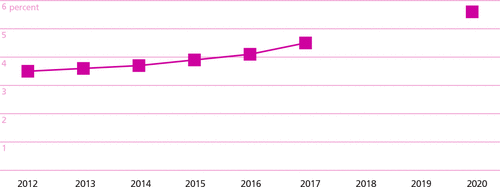
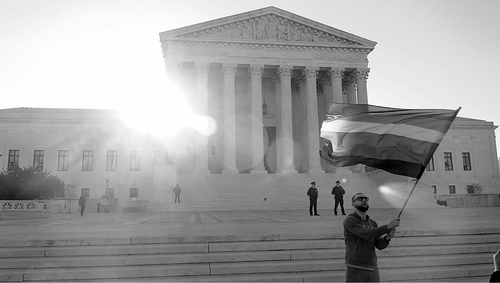
Although Greenwald’s commentary drew special attention, perhaps because of his status as both a Pulitzer Prize-winning journalist and a gay man, the conversation was not limited to just his thread. For instance, Matt Walsh, a conservative journalist, posted about the numbers and Tweeted that “the number of kids who identify as LGBT, especially trans and bisexual, has absolutely skyrocketed. If you think this is a natural or organic development, you’re deluded. The media, Hollywood, and the school system actively recruit children into the LGBT ranks.”
These statements activate two waves of panic articulated by two different population groups. The first and the most widespread suggests that there are growing numbers of transgender individuals and that the size and visibility of the group threaten traditional gender binaries and roles. The other and quieter (outside of certain social circles) panic is that trans-identification comes at the expense of the lesbian population; some purport that individuals who might have once identified as lesbian now instead identify as transgender, resulting in a smaller pool of lesbian-identified individuals. To varying degrees, each panic rests on the notion that the number of trans-identifying individuals is increasing because of “recruitment” efforts. So, what do the new Gallup numbers actually tell us, and what do they teach us about how and why gender and sexual identities change? There are three issues with how the research is presented that may inform these interpretations.
First, recruitment-related panics should be interpreted in relation to the fact that Americans habitually grossly overestimate the LGBT population. According to Gallup, estimates on how many Americans are gay or lesbian have never been below 20 percent. Gallup has posed the question in 2011 (24.6 percent), 2015 (23.2 percent), and 2019 (23.6 percent).
Second, the manner in which Gallup visually represents self-identification data may influence interpretation. The new Gallup data suggest that 5.6 percent of Americans self-identify as LGBT. This current estimate is up by 1.1 percent from the 4.5 percent estimated in 2017 (data was not collected in 2018 and 2019). Visually, it appears to be a significant increase. However, we caution against this interpretation for a few reasons. This increase is less dramatic when considered against the backdrop of the much larger heterosexual population, currently 86.7 percent.
In the pie chart we see the LGBT population (5.6 percent) in relation to the other category options—straight or heterosexual (86.7 percent) and no opinion (7.65 percent). Presented in this manner, we suspect that the modest increase in those identifying as LGBT would seem less stark. Moreover, this image introduces a new question that recent conversations have bypassed: why are some respondents not answering a question about sexual identity or opting out of selecting a sexual or gender identity category, and what does “no opinion” mean? And, how might this be related to ongoing stigmatization of gender and sexual minorities?
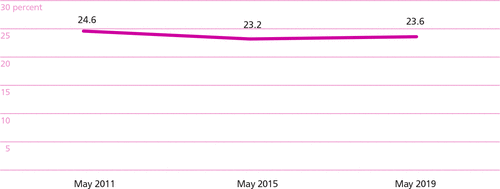
Third, it is unclear how much of the increase in LGBT identification is due to the change in the question posed on the Gallup survey. Prior to 2017, the question was “Do you, personally, identify as lesbian, gay, bisexual or transgender?” with answer options of “Yes,” No,” and “Don’t Know/Refused.” The question posed in 2020 instead read: “Which of the following do you consider yourself to be?” One could select as many as apply: Straight, Lesbian, Gay, Bisexual, Transgender, No Answer, and No Opinion. Expanding categories beyond the binary of heterosexual/homosexual has the effect of decreasing identification with heterosexuality, as survey respondents have more response options that may speak to them. Thus, the numbers Greenwald and others express concern about may reflect generational shifts in freedom to more openly identify as LGBT, as well as changing approaches to surveying populations about sexualities.
We do not mean to suggest that there is no change afoot. The Gallup 2020 data indicate that the majority of LGBT individuals (54.6 percent) identify as bisexual and that one in six adults in generation Z consider themselves LGBT compared to one in ten Millennials and one in 50 Baby Boomers. In fact, the trans population rate has remained steady at 0.6 percent of the overall American population.
While touted as “alarming” growth online, the modest increase in the percentage of LGBT individuals between 2017 and 2020 is less surprising if we consider the rise in social tolerance across multiple dimensions of gender and sexual identity—particularly during the lives of the youngest cohorts surveyed, and the new question design with expanded response categories. Regarding social attitudes, Maya Salam reported in the New York Times that the American population is becoming more socially tolerant of LGBT individuals, and that the stigma of homosexuality, which has long been assumed to cause undercounts of this population, is decreasing. The youngest cohorts are also more likely to identify as bisexual and transgender. Further, a one percent point change in a small population is not that astonishing, and is within the margin of error for the sample. It is likely that this percentage rate change is driven by the introduction of a new cohort (Generation Z) to the “adult” population Gallup polled. In addition to Generation Z’s much higher rate of LGBT reporting, we can recognize the influence of the two younger generations on rates of bisexuality and transgender identification. For young women especially, increasing tolerance may encourage self-acknowledgement and identification with bisexual desires or practices. In 2020, 4.3 percent of women identified as bisexual compared to 1.8 percent of men. Other data found on inequalitybyinteriordesign.wordpress.com/, examines this trend broken down by age and sex, with particular increases in LGBT identification among women of color.
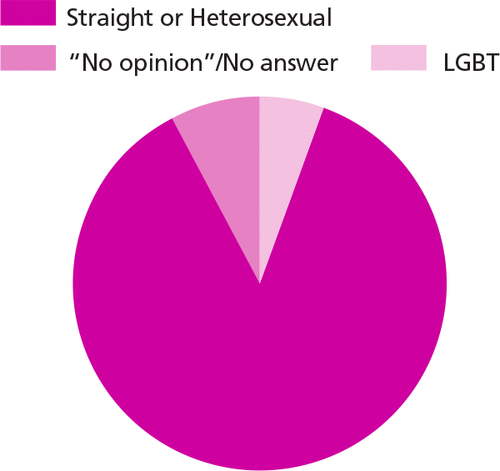
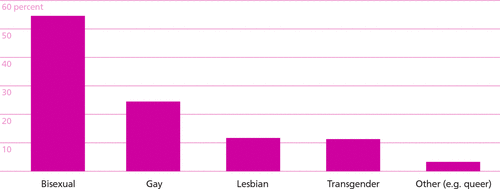
These generational shifts, and even changes in the types of questions we ask about gender and sexualities, ought not surprise those attentive to how context shapes identities. Going forward, we can anticipate that both approaches to measuring gender and sexualities and generational patterns will be mediated by developing discourse about and attitudes toward gender and sexuality.
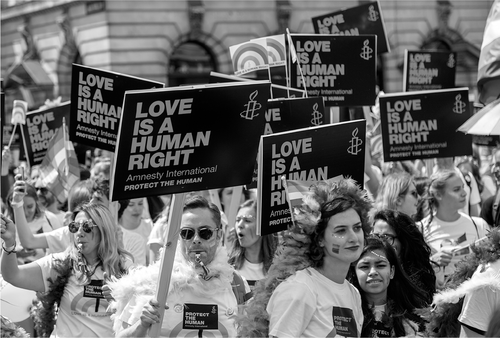
Moreover, we might anticipate that even generational trends will be influenced by changing social contexts. Researchers have shown the degree to which behavior and identity align changes across time and place, even within the U.S. For instance, according to Faderman, whether one thinks of one’s self as “lesbian” or “bisexual” because one is attracted to or has even had sex with someone of the same sex or gender has varied historically. Even today, article co-author Brown-Saracino finds that it continues to vary by city while Schmitz and Tyler find that it varies in relation to other social contexts, like being on a college campus. In addition, Tony Silva finds in his research that some men who have sex with other men do not think of themselves as anything other than heterosexual. Throughout history women have had sex with other women, but understanding that sex as signaling that one is “lesbian” only gained traction in the 20th century. Likewise, non-gender-conforming individuals have always existed, but the freedom to understand and name one’s self as transgender or nonbinary and the opportunity to check a box on a survey that affirms that is relatively new. The language we rely on to understand and describe ourselves is evolving and socially influenced. Therefore any measured “increases” in identification do not necessarily signal a substantial change in how people live their lives. Instead, they indicate changing ways of conceptualizing and talking about ourselves, both within and beyond the academy.
